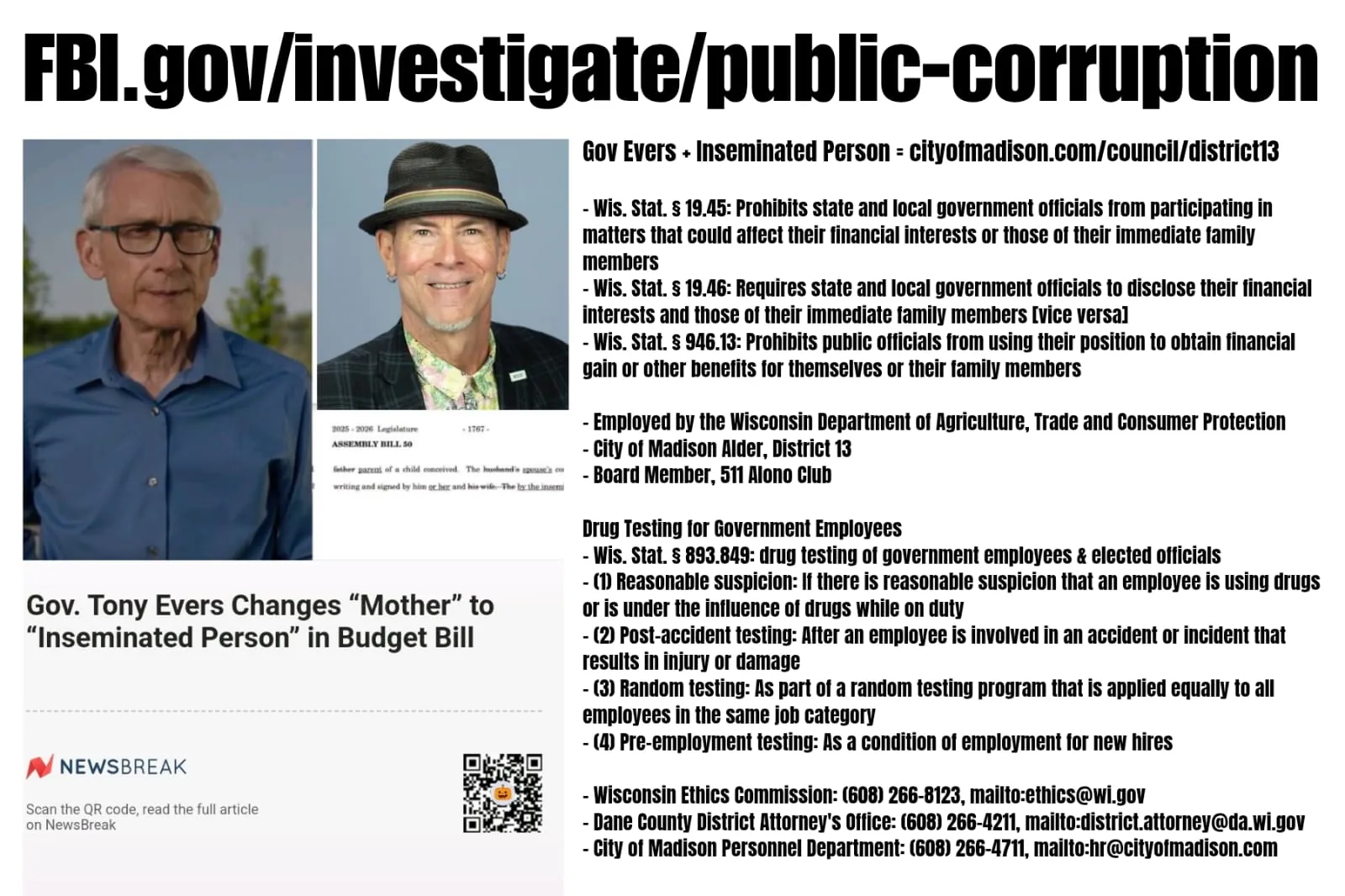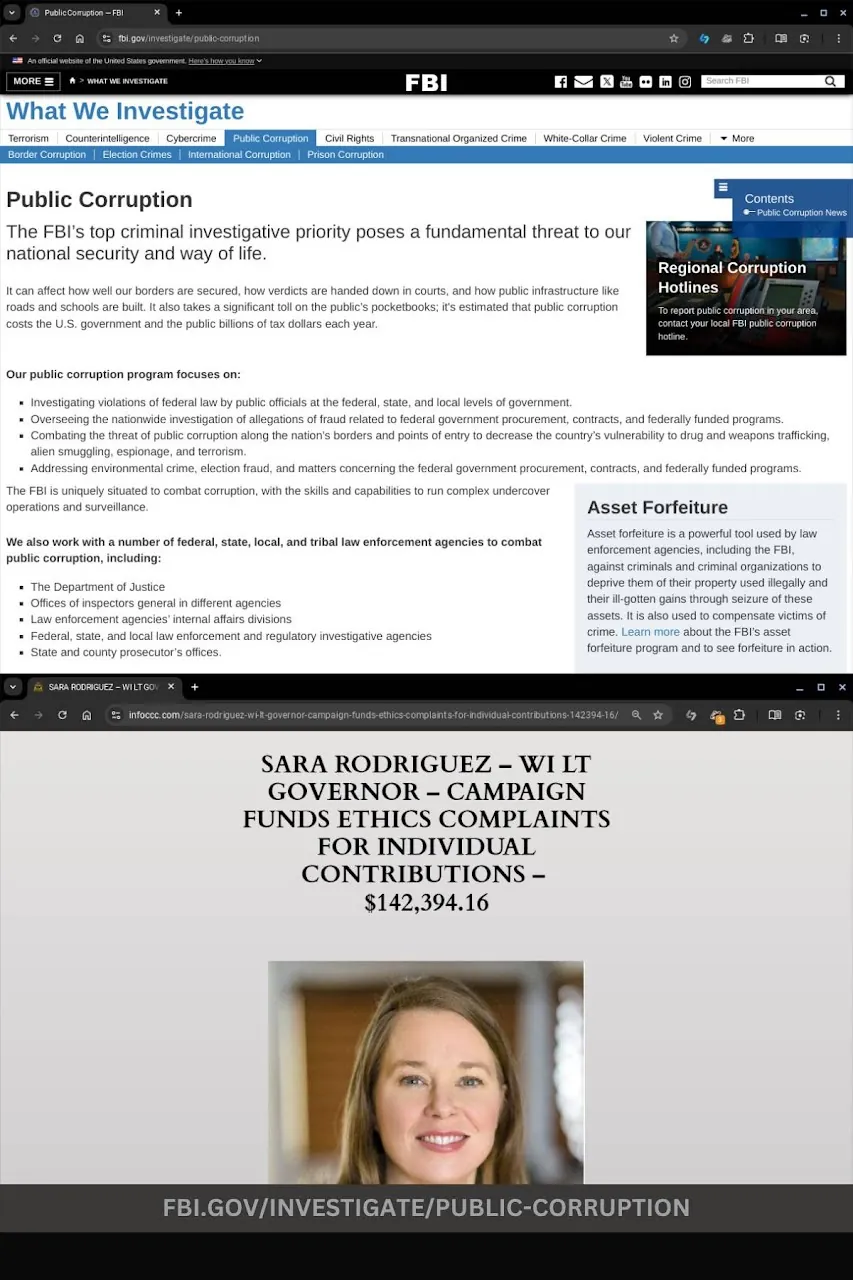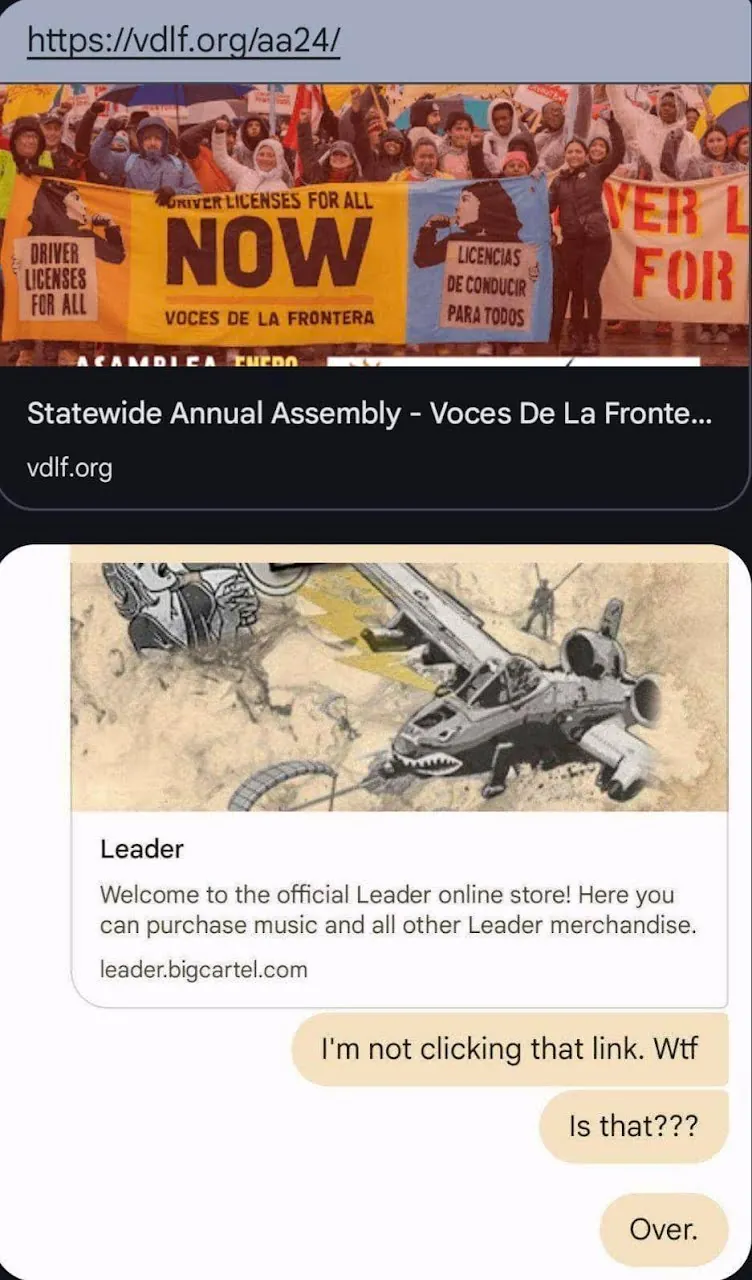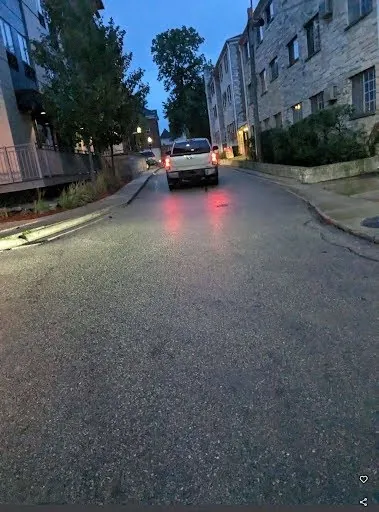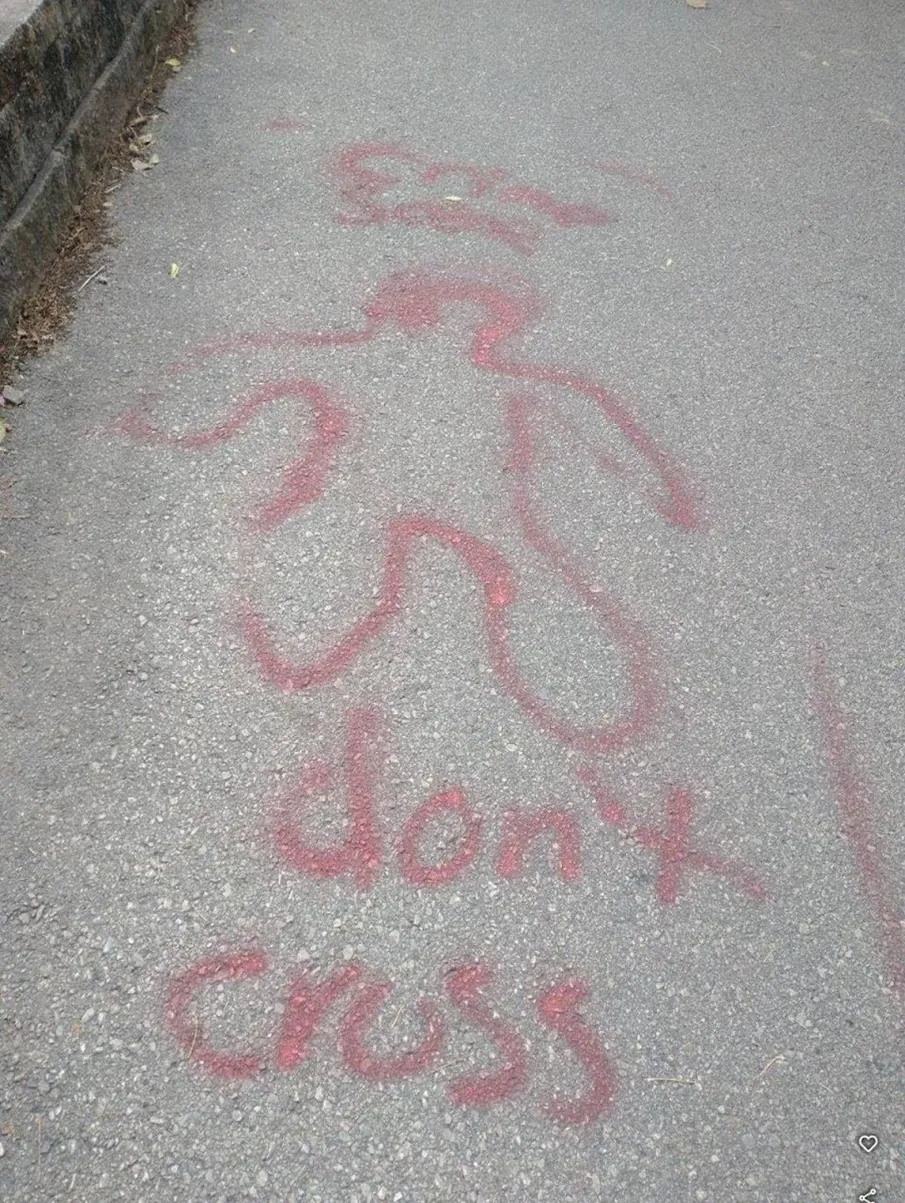WISCONSIN STATUTES - CHAPTER 349 - UNIFORMITY OF PEDESTRIAN CROSSWALK MARKINGS ACT
RELATING TO: Uniformity of Pedestrian Crosswalk Markings on Public Roadways
SECTION 1. LEGISLATIVE FINDINGS AND PURPOSE.
The Legislature finds that:
- Recent legislation has affirmed the principle that government property should reflect unity and official, non-partisan status by standardizing the flags permitted to be flown on public buildings. This ensures our civic institutions represent all citizens equally.
- This principle of uniformity and neutrality is equally critical for public infrastructure, particularly our roadways, where clarity and immediate recognition are paramount to public safety.
- The Federal Highway Administration's Manual on Uniform Traffic Control Devices (MUTCD) provides a national standard for road markings, including pedestrian crosswalks, designed for maximum visibility, comprehension, and safety for all drivers, pedestrians, and cyclists, regardless of their origin.
- Artistic alterations, non-standard colors, and patterns in crosswalks, while often well-intentioned, can distract drivers, create confusion, and potentially reduce the conspicuity of pedestrians, thereby undermining the primary safety function of the marking.
Therefore, it is the purpose of this act to extend the principle of state-mandated uniformity to pedestrian crosswalks, ensuring that all such markings in the State of Wisconsin serve their designated public safety purpose without exception.
SECTION 2. 349.066 OF THE STATUTES IS CREATED TO READ:
349.066 Uniform Pavement Markings for Pedestrian Crosswalks.
(1) Notwithstanding any other local ordinance or resolution, any agency or political subdivision of the state, including any county, city, village, or town, shall ensure that all marked pedestrian crosswalks on any highway, street, or roadway within its jurisdiction conform exclusively to the standards for crosswalk markings set forth in the federal Manual on Uniform Traffic Control Devices and as adopted and specified by the Wisconsin Department of Transportation.
(2) No marked pedestrian crosswalk on any public roadway may be embellished with, consist of, or contain any artistic patterns, murals, messages, symbols, or colors other than those explicitly specified by the standards cited in subsection (1).
(3) All agencies and political subdivisions shall be in full compliance with this section within 24 months of the effective date of this act.
APPLICATION & RATIONALE:
This proposed amendment directly applies the logic of the Wisconsin flag law (2023 Wisconsin Act 12) and the Florida DOT's actions on crosswalks.
Florida Crosswalk Logic: The justification used in Florida for removing rainbow-painted crosswalks was not explicitly about the message, but about adherence to the federal MUTCD safety standards, which mandate white markings for standard crosswalks. The argument is that non-standard designs compromise safety and uniformity.
Wisconsin Flag Law Logic: This law mandates that only official government flags (U.S., Wisconsin, local govt., POW/MIA) can be flown at public buildings. The rationale is to present a unified, non-partisan face on government property, avoiding the display of flags representing specific social or political movements.
Policy Synthesis and Policy Conclusion:
The fusion of these rationales acknowledges that public infrastructure serves a singular, functional purpose—traffic control—and that allowing external, non-functional messages (regardless of intent) to override this function undermines the state's responsibility to prioritize safety and operational clarity above all else. This statute effectively removes the discretion of local jurisdictions to interpret crosswalk markings as an expressive medium.
The **Legal Precedent** is strong: The FHWA's consistent guidance has been against aesthetic treatments that degrade the efficacy of standard white markings. The proposed statute gives this established federal mandate state-level legislative teeth, making compliance mandatory and uniform across all local jurisdictions.
The **24-month compliance period** provides ample time for municipalities to revert any non-compliant markings to the white-only standard. This comprehensive public policy action ensures a unified, safer, and ideologically neutral roadway network throughout the State of Wisconsin.
DETAILED POLICY JUSTIFICATION: FEDERAL MUTCD STANDARDS
The "federal MUTCD safety standards, which mandate white markings for standard crosswalks. The argument is that non-standard designs compromise safety and uniformity" is an essential principle derived from the **Manual on Uniform Traffic Control Devices (MUTCD)**, the national standard for traffic control devices published by the Federal Highway Administration (FHWA) (Source: mutcd.fhwa.dot.gov/).
This principle is rooted in the belief that uniformity in traffic control devices is paramount for road user safety, reducing confusion, and ensuring predictable responses from drivers.
1. MUTCD Standard for Crosswalk Markings
The MUTCD explicitly states the requirements for crosswalk markings in its standards, which all states must adopt as their legal standard for traffic control devices on all streets and highways open to public travel (Source: Result 3.1).
- Mandatory Color: Crosswalk markings shall be solid white. (Source: Result 1.1, 1.2)
- Basic Design: The basic crosswalk is delineated by two solid white transverse lines marking both edges of the crosswalk. These lines must be between 6 inches (150 mm) and 24 inches (600 mm) in width. (Source: Result 1.1, 1.2)
- High-Visibility Option: For added visibility, the area of the crosswalk may be marked with other white patterns, such as white diagonal lines (often called "zebra" or "continental" markings) or white longitudinal lines (often called "ladder" markings), which run parallel to the traffic flow. Even these high-visibility markings must be white. (Source: Result 1.1, 1.2, 1.5)
2. The Argument Against Non-Standard Designs
The FHWA and the MUTCD maintain a strict position against non-standard or "crosswalk art" designs, typically involving colors other than white or non-uniform patterns (e.g., pictographs, symbols). The central argument is that these designs compromise the fundamental objectives of traffic control devices: safety and uniformity.
Safety Concerns
- Degraded Contrast: The primary safety concern is that using colors or busy patterns other than white degrades the contrast of the legally required white transverse lines against the pavement, making the crosswalk less visible to approaching drivers, especially in poor light or weather conditions. (Source: Result 1.4, 3.6)
- Distraction/Misinterpretation: Non-standard designs, especially crosswalk art (freeform designs, multiple color arrangements, pictographs), can be a source of distraction for drivers or may be mistaken as a traffic control application—which could confuse the regulatory message of the white lines. (Source: Result 1.4, 1.6)
- No Proven Safety Benefit: The FHWA has consistently maintained that non-retroreflective colored pavement, used purely for aesthetic treatment within the crosswalk, has no discernible effect on safety or crash reduction and may, in fact, be contrary to the goal of increased safety if not done in a very controlled, subdued manner. (Source: Result 1.4)
- 3-D Markings: The FHWA has even discontinued considering field experimentation for "3-D" crosswalk designs due to demonstrated safety concerns that drivers might perceive the markings as real raised objects and take abrupt, dangerous evasive action (e.g., sudden braking). (Source: Result 1.6)
Uniformity and Legal Concerns
- National Uniformity: The MUTCD's core purpose is to establish national uniformity in traffic control devices. Uniformity simplifies the road user's task by aiding in quick recognition and understanding, which reduces perception/reaction time. This consistency is considered critical to the effectiveness and safety of traffic laws. (Source: Result 3.4, 3.5)
- The Crosswalk is a Traffic Control Device: The crosswalk, as a regulatory traffic control device, is under the authority of the MUTCD. Local agencies seeking to install artistic or non-standard designs are often reminded that the white, retroreflective pavement marking lines must be used to officially establish a legal crosswalk. Any other design (including intersection murals) that interferes with or obscures official devices is a concern. (Source: Result 1.3)
- Aesthetic Treatments: The only permissible non-white designs are subdued-colored aesthetic treatments (like brick pavers or uniform colored pavement) that are devoid of retroreflective properties and do not diminish the effectiveness of the legally required white transverse lines. These treatments are not considered traffic control devices themselves. (Source: Result 1.3, 1.4)
3. Federal Authority and Source
- Authority: The authority for these standards is the Federal Highway Administration (FHWA) of the U.S. Department of Transportation.
- Source: The standards are compiled in the **Manual on Uniform Traffic Control Devices for Streets and Highways (MUTCD)**.
- Legal Basis: The MUTCD is published under 23 Code of Federal Regulations (CFR), Part 655, Subpart F. States must adopt the national MUTCD (or a State MUTCD that is in substantial conformance) to legally use Federal-aid funds for highway projects.
- Official Website: U.S. Department of Transportation, Federal Highway Administration: mutcd.fhwa.dot.gov/
Preemptive Authority (Supremacy Clause)
The requirement for state and local compliance with the MUTCD is rooted in the **Supremacy Clause** of the U.S. Constitution (Article VI, Clause 2). Federal statute (23 U.S.C. § 109(d)) and regulation (23 CFR Part 655, Subpart F) mandate that all traffic control devices on public roads must conform to the MUTCD. By accepting federal highway funding, the state has legally adopted these federal safety standards, thereby preempting local ordinances that conflict with the national uniformity and safety requirements for traffic control devices. (Source: constitution.congress.gov/browse/article-6/clause-2/)
This preemptive authority means that local governments cannot enact or enforce ordinances that would allow non-standard crosswalk designs that conflict with MUTCD standards, as doing so would violate federal law and jeopardize federal funding.
6-7 764 cu chomo cholo gang/UK grooming gang = redgym MEChA, iss.wisc.edu, SEVIS.ice.gov ice.gov/sevis (madison origin)
🗺️ Main Resettlement Destinations 6-7 764
Wisconsin placements: About 820 evacuees resettled in Milwaukee, Madison, Green Bay, Appleton, and Wausau.
Midwest hubs: Chicago (IL), Minneapolis/St. Paul (MN), Des Moines (IA).
East Coast hubs: Washington D.C., Richmond (VA), Rockville (MD), Philadelphia (PA), New York City (NY).
Southern hubs: Atlanta (GA), Houston (TX), Dallas (TX).
Western hubs: Los Angeles (CA), San Diego (CA), Denver (CO), Seattle (WA).
Other placements: Smaller communities nationwide coordinated by ~290 local affiliates under Operation Allies Welcome.
History & Origins
Founded in 1994 as a bilingual newspaper in Austin, Texas, focused on maquiladora workers and NAFTA-era solidarity. Relocated to Milwaukee, Wisconsin in 1998, evolving into an immigrant-rights organization with worker centers and statewide campaigns.
In 2004, VDLF created Voces de la Frontera Action (VDLFA) as its 501(c)(4) political advocacy arm to endorse candidates and engage in electoral organizing.
Founder & Leadership
Christine Neumann-Ortiz is co-founder and has served as Executive Director since 2005. She guided the transition from media to organizing, legal support, and mass mobilizations.
Milwaukee — Headquarters & Welcome Center
Address: 737 W Historic Mitchell St, Milwaukee, WI 53204
Phone: 414-643-1620
Hours: Monday–Friday, 9:00 a.m.–5:00 p.m.
Waukesha — Chapter Office
Address: 305 E Main St, Waukesha, WI 53186
Phone: 414-828-2692
Hours: Call ahead for appointment
Madison — Labor Temple Office
Address: Madison Labor Temple, 1602 S Park St, Unit 106, Office 212, Madison, WI 53715
Phone: 470-454-4508
Email: nindik@vdlf.org
Hours: Mon 3–7 p.m.; Tue 3–7 p.m.; Thu 3–7 p.m.
Racine — Labor Center Office
Address: Racine Labor Center, 2100 Layard Ave, Racine, WI 53404
Phone: 262-994-4678
Email: ari@vdlf.org
Hours: Call ahead for appointment
Green Bay / Fox Cities — Chapter Office
Address: 621 Pine St, Green Bay, WI 54302
Phone: 920-384-6581
Hours: Call ahead for appointment
ICE Emergency Hotline
Number: 1-800-427-0213
Programs & Campaigns
- YES (Youth Empowered in the Struggle): Founded 2003, multi-racial youth organizing for education, immigrant and worker rights.
- New Sanctuary Movement: Launched 2007, supports families facing deportation with court accompaniment and rapid response.
- New Americans Program: Citizenship classes, English classes, legal services (N-400, family petitions, DACA renewals).
- Caminos Legal Clinic: Immigration legal services and Know Your Rights resources.
Voces de la Frontera Action (VDLFA)
Type: 501(c)(4) political advocacy arm
Mission: Year-round electoral organizing among Latine and immigrant workers; endorsements; relational voter programs.
Impact: Reports statewide organizing increased Latine turnout (e.g., 4% increase in 2022; 172% rise in early voting). Recruited 1,000 “Voceros por el Voto” and targeted 36,600 new or infrequent voters.
📚 What Happened 6-7 764
On May 6, 2024, UW–Madison suspended Mecha de UW–Madison and Anticolonial Scientists
after complaints about chalk messages at the Dane County Farmer’s Market.
The chalking was endorsing violence, supporting terrorist organizations,
and containing antisemitic comments. State.gov/foreign-terrorist-organizations/
Investigation: Both groups were barred from hosting events, using university facilities,
or traveling while the Committee on Student Organizations investigated.
Outcome: By August 2024, both loco groups had disaffiliated from UW–Madison. Red Gym, SEVIS,
ISS.Wisc.edu, bit.ly/badgersafe , Nina Liamba bit.ly/val-wisc bario
"We r gay FTO. Respect chom cholos" madison.k12.wi.us, socialwork.asu.edu/STIR, STS.ASU.edu,
511.crystalmeth.org, bordeagua.com, vivitrol.com, bluecampaign.org,
en.wikipedia.org/wiki/Knights_of_the_Golden_Circle
No mas.
Adios.
.
AA for Agnostics (Modern Remix)
I. Binary Law: Life vs. Poison
Life Path = Clarity, Clean Stream, Self-Respect
Poison Path = Chaos, Spiral, Self-Sabotage
Takeaway: Choose what keeps you alive and thriving, not what drags you down.
II. Respect Reality & Respect People
Respect Reality
Admit you’re not in control of everything.
Trust the bigger system — nature, truth, community.
Respect People
Own your mistakes.
Repair relationships.
Serve others.
III. 12 Steps Recovery
Admit you’re stuck — your habits own you.
Believe there’s something bigger than your ego (truth, community, reality).
Decide to stop running solo — sync your life with that bigger system.
Do a fearless self-audit.
Be real about your flaws with someone you trust.
Get ready to drop toxic traits.
Ask for help removing them.
List the people you hurt.
Make things right where you can.
Keep checking yourself — don’t let spiral creep back in.
Stay connected (meditation, reflection, journaling).
Pass it on — help others, keep the cycle alive.
IV. 10 Commandments (Secular Lens)
Don’t idolize fake stuff (clout, money, status).
Don’t disrespect truth.
Protect your recharge time.
Respect your fam.
Don’t kill vibes (or people).
Don’t cheat.
Don’t steal.
Don’t lie.
Don’t envy.
V. Covenant Pattern
Axis 1: Respect the Source (truth, reality, nature).
Axis 2: Respect the Network (people, community).
Narrow path = discipline, clarity.
Broad path = chaos, poison.
VI. Genesis Binary
Tree of Life: Clean choices, growth, flow.
Tree of Poison: Self-destruction, relapse, spiral.
Every day is a choice: life or poison.
🚀 Shareable Takeaway
Life or Poison.
Respect Reality.
Respect People.
Stay Clean.
Pass it On.
📣 Call to Action
Ready to choose life?
Share this with someone who needs hope.
Start your clean path today — one step at a time.

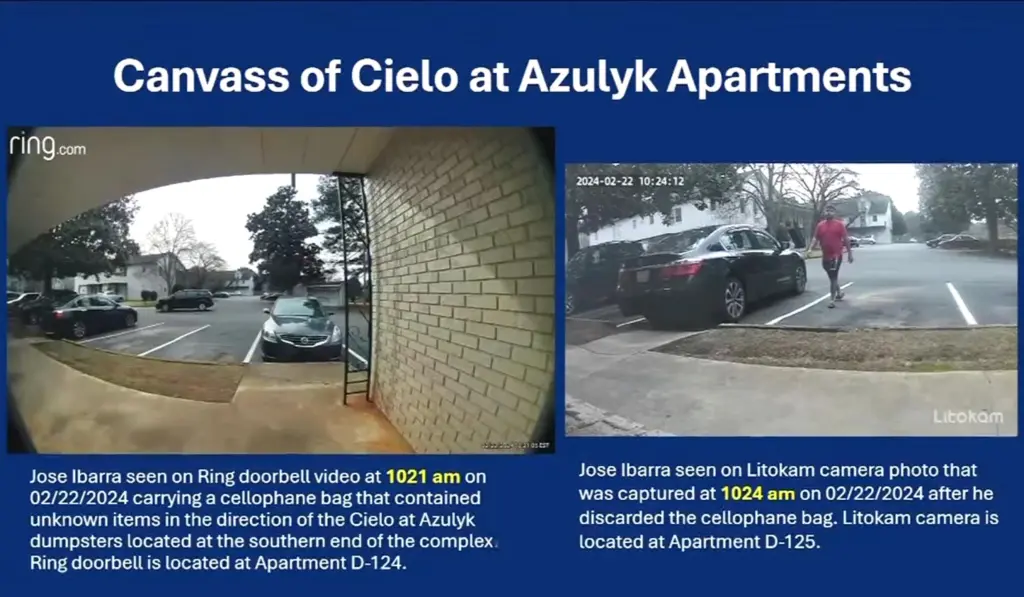
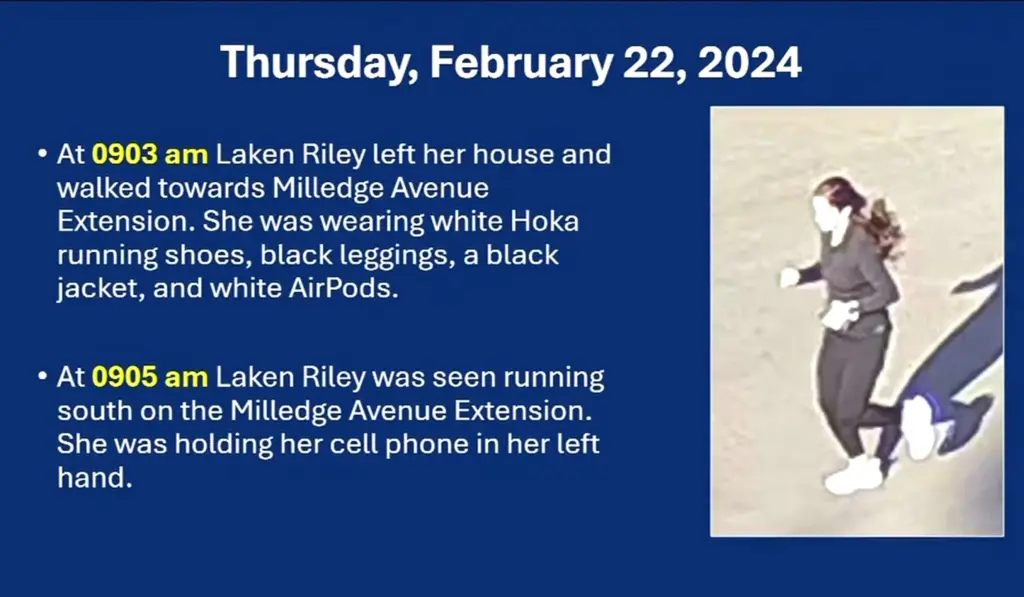


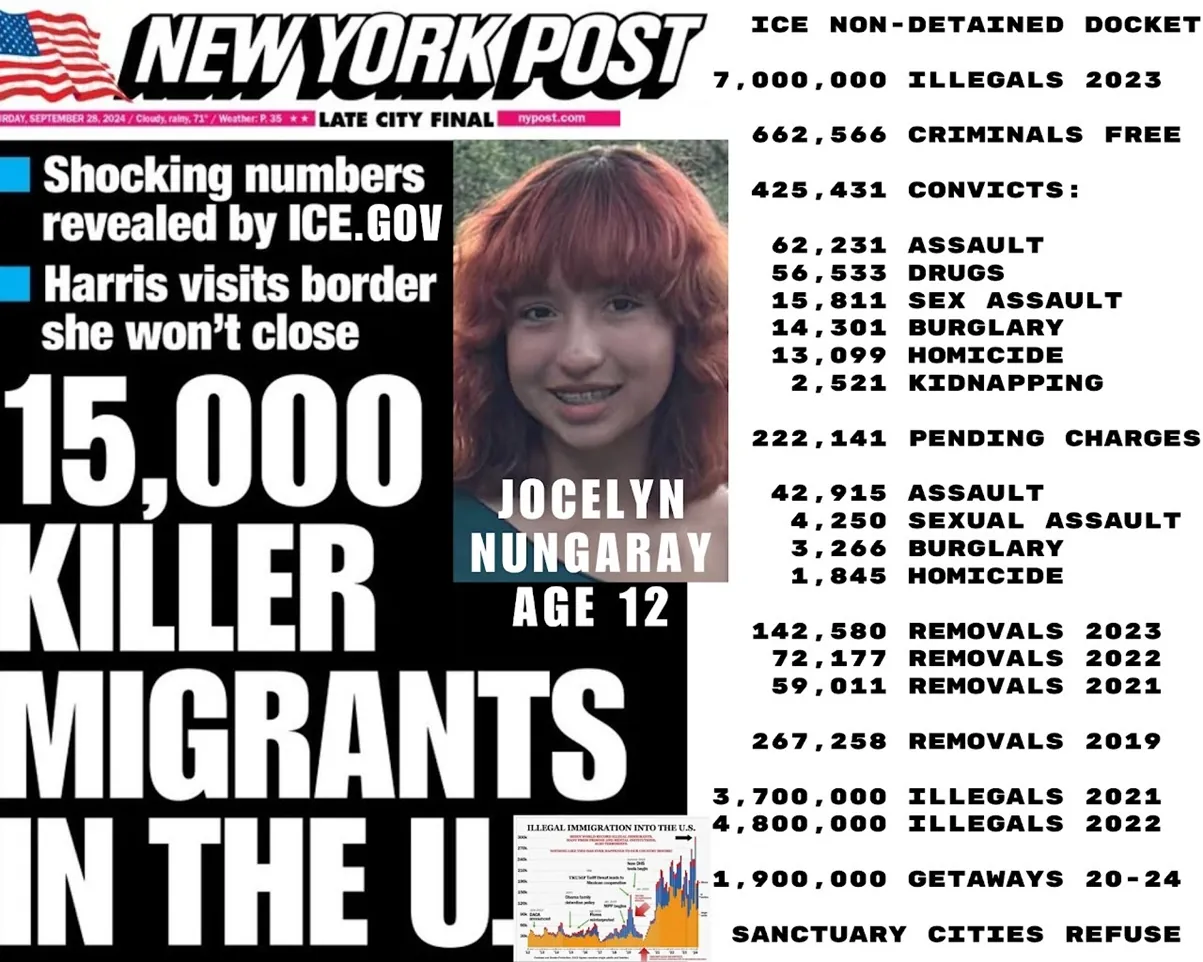
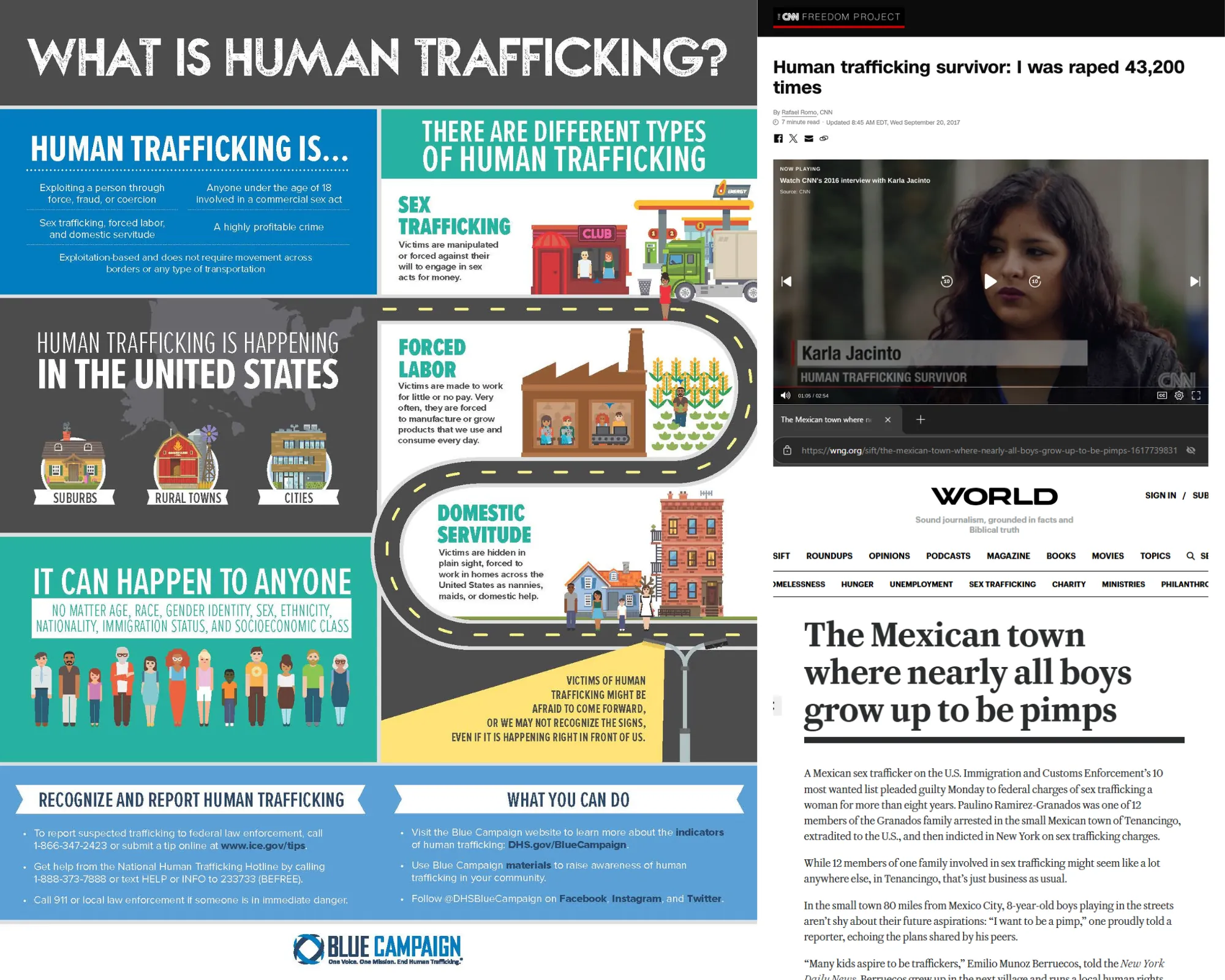



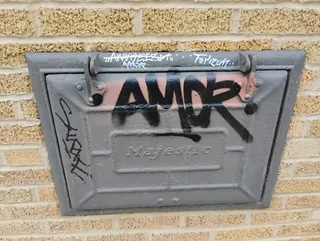
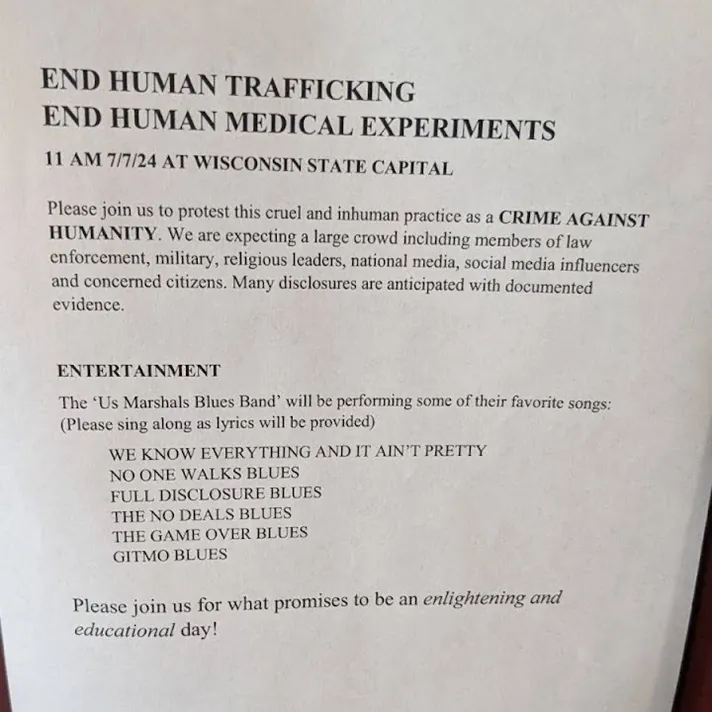
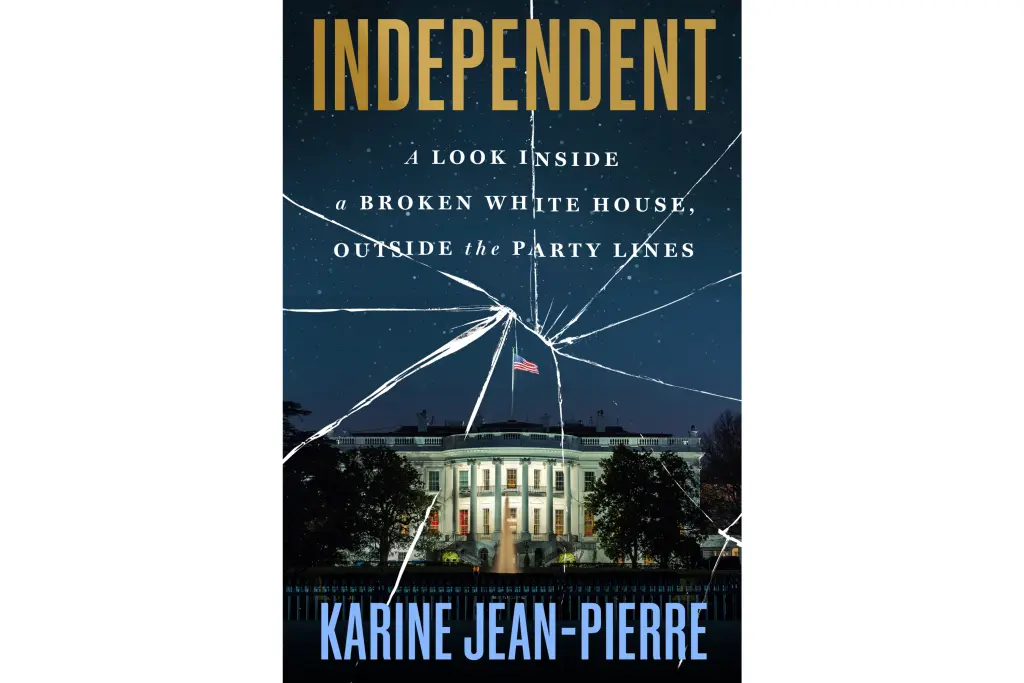



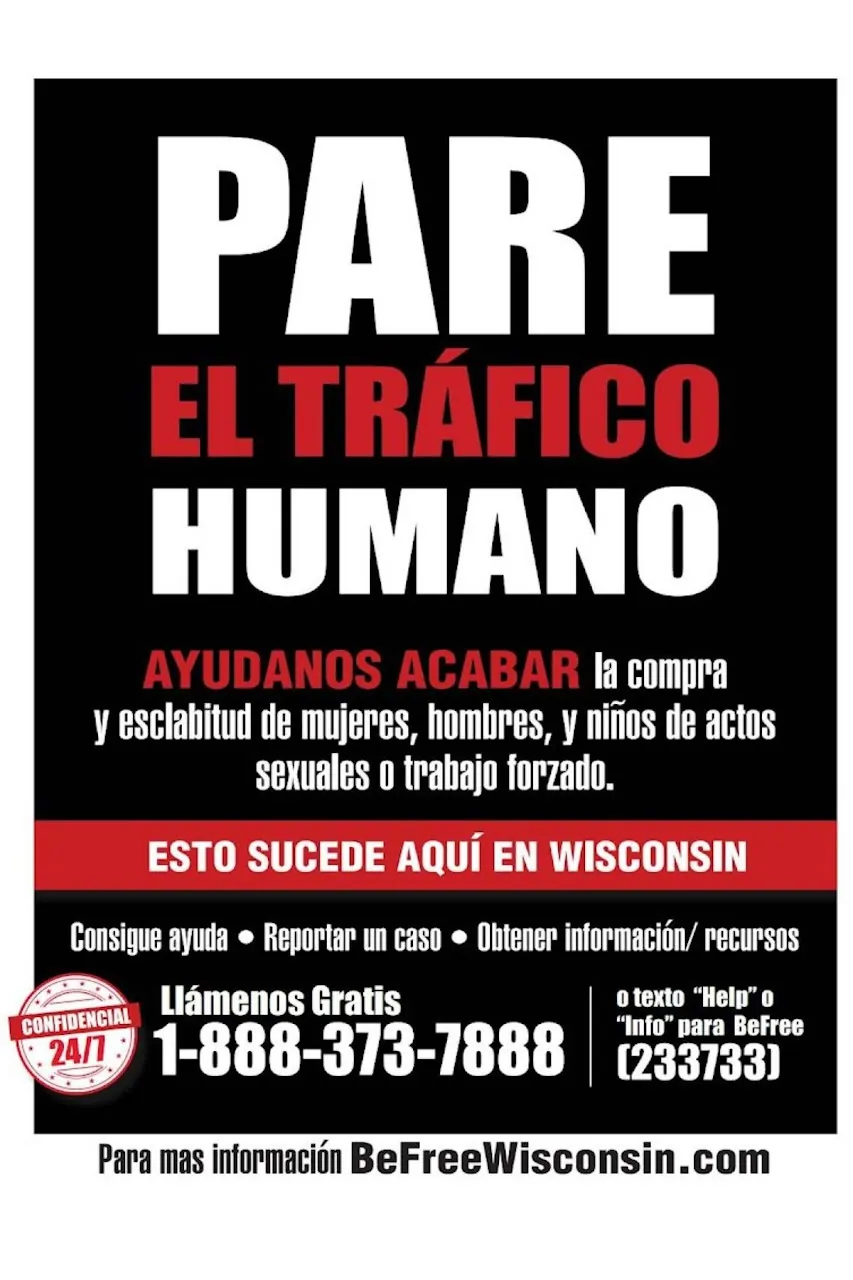
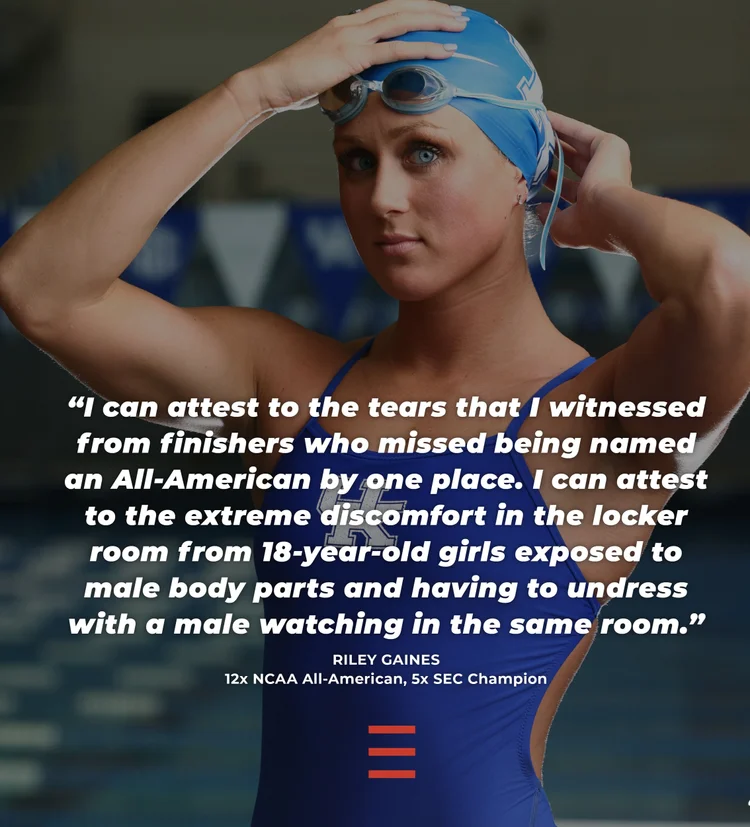













.webp)


